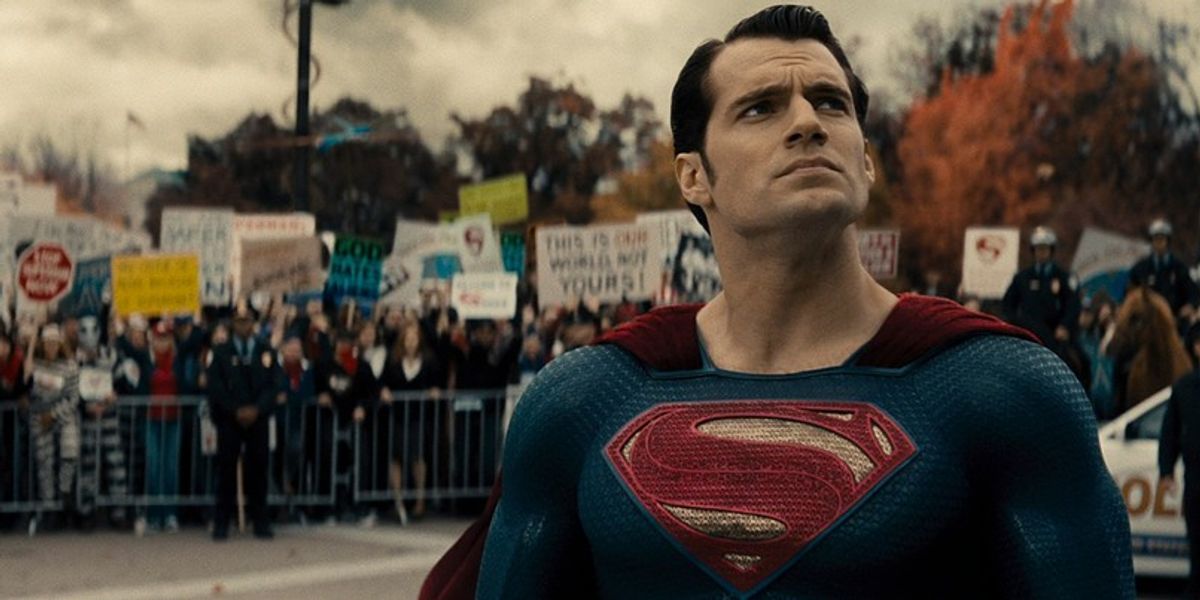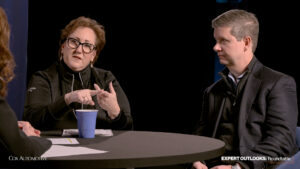Studios Demand Payment from YouTube for Widespread AI-Generated Movie Trailers

The Minimalist Score of Sunfish: An Inside Look
Introduction to the Creative Process
The music for Sunfish, directed by Sierra, exemplifies a minimalist approach, primarily featuring acoustic strings and piano. Composer Brian Steckler discusses his collaboration with Sierra, highlighting their initial conversations about the film’s tone and musical style. Steckler, having spent summers by Green Lake, understood the area’s essence and lifestyle. His prior experience playing music at a resort nearby also influenced his understanding of the film’s setting.
Establishing the Film’s Tone Through Music
In their first discussions, Steckler and Sierra focused on the overall vibe of Green Lake and how various vignettes in the film would connect musically. Sierra is known for her strategic use of temp music, which are pre-existing tracks edited into the film’s early cuts. This allowed Steckler to craft a score that enhanced the film’s emotional landscape, creating a melodic and sonic thread that linked the different scenes.
Challenges in Balancing Emotions
One of the key challenges was balancing the score to reflect the film’s emotional highs and lows while maintaining an intimate atmosphere. Steckler limited his choice of instruments to create a unified sound. He opted for a classical nylon guitar, ukulele, string quartet, piano, and marimba, each contributing to the film’s gentle vibe. The violin’s emotional range played a pivotal role, evoking feelings from the serene campfire games to the intense moments when characters faced personal challenges.
Steckler highlighted a scene where Jun runs—using a simple string quartet with pizzicato elements—and aimed to depict both his excitement and discomfort through understated music. This approach enabled him to maintain the film’s reflective tone without overwhelming the visuals.
Crafting Unique Vignettes
Sunfish consists of various stories centered around a lake, each requiring its own musical identity. However, Steckler ensured that the score remained cohesive throughout the film. He incorporated distinct instrumentation to highlight the uniqueness of each vignette while retaining a consistent sound palette.
For instance, during a fishing vignette, the piano is introduced for the first time, paired with strings to connect this segment with the rest of the score. This thoughtful use of instruments ensured clarity while maintaining continuity throughout the film.
The Action-Packed Fishing Scene
One of the movie’s standout moments occurs during a fishing sequence that demands a different musical approach. Here, Steckler created an intense yet restrained energy. He utilized staccato piano notes for rhythm and a light pizzicato cello to retain a sense of playfulness. This strategic blend allowed the film to maintain its overall quieter tone while still delivering excitement.
Integrating On-Set Audio
The integration of on-set audio marked a significant technical challenge in the film. In a scene with a young boy practicing the violin, Steckler worked to blend this authentic sound into the score seamlessly. The collaboration between on-site recording and studio production became vital, maintaining clarity while merging thematic elements from the previous vignette.
Steckler successfully transitioned from live violin playing to a carefully crafted musical theme representing Green Lake, adding depth to the emotional narrative of the film.
Emotional Depth in the Score
Steckler’s role as a composer goes beyond mere accompaniment; the music also deepens the film’s storytelling. For example, the emotional tone at the end of the fishing vignette required adjustments to ensure a message of hope. Initially written with a melancholy feel, the music needed to express optimism. Through collaborative feedback with Sierra, he refined the cue to align with the film’s broader themes.
Inspirations Behind the Music
Steckler is influenced by renowned composers like Max Richter and Johann Johannsson, especially evident in the string arrangements of Sunfish. His experiences with accomplished session musicians also shaped the way he approached performance elements. Living near Green Lake allowed him to draw inspiration from its tranquil atmosphere, helping him embody the film’s themes of solitude and personal growth.
The Excitement of Sundance
The film’s debut at the Sundance Film Festival represents a significant milestone for Steckler, marking a notable entry in his film-scoring career. He looks forward to sharing Sunfish with audiences, hoping they find nostalgia and peace through the music, while also conveying a message of hope for the future.
Looking Ahead: Future Projects
Steckler is eager to explore new projects while maintaining a minimalist scoring style. He has expressed interest in crafting a darker, more intense sound for future thrillers while also being drawn to the sci-fi genre due to his passion for the cinematic experience. His adaptability positions him well to tackle a variety of musical styles and genres in his future endeavors.
Ultimately, Steckler’s approach combines thoughtful craftsmanship with emotional resonance, making his contributions to Sunfish a vital part of its storytelling success. The soundtrack is now available to stream, allowing listeners to experience the evocative music that underpins this unique film.






